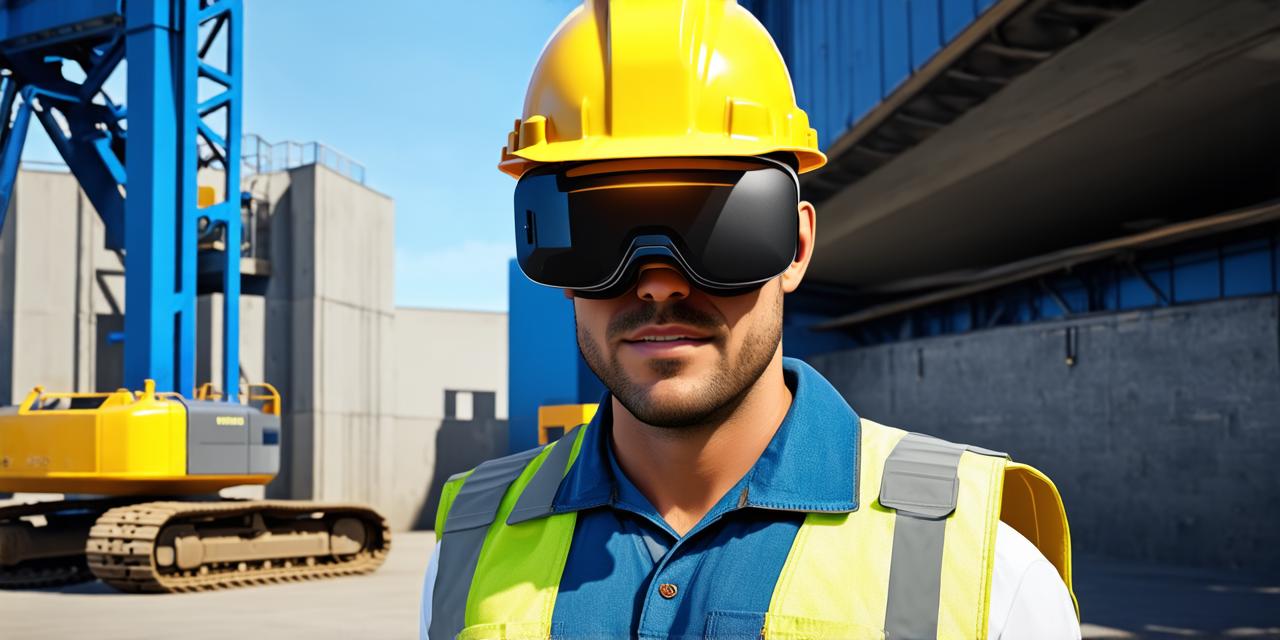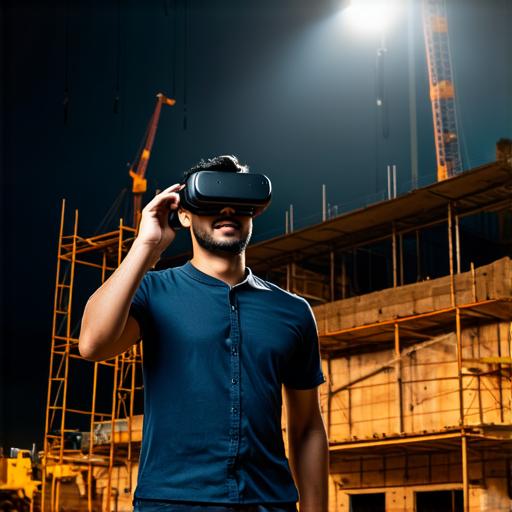
How can the construction industry utilize virtual reality?

The Construction Industry’s Virtual Reality Revolution: How VR Can Transform the Way We Build and Design
Virtual reality (VR) is an emerging technology that has already begun to revolutionize industries such as gaming and entertainment. However, it’s not just gamers who stand to benefit from this innovative technology. The construction industry, in particular, could see a significant transformation thanks to VR’s ability to enhance design, improve communication, and increase efficiency.
One of the main ways that VR can be used in construction is through immersive 3D modeling. By creating a virtual environment where designers can interact with their models in real-time, VR allows for more precise and detailed designs. This, in turn, leads to fewer mistakes and revisions, ultimately saving time and money.
For example, architects at Skidmore, Owings & Merrill used VR to design the new World Trade Center Transportation Hub in New York City. By creating a virtual environment where they could experience the building’s layout firsthand, the team was able to make adjustments and optimize the design before construction even began. This not only saved time and resources but also ensured that the final product met the needs of both the clients and the end-users.
Another way that VR can be used in construction is through remote collaboration. With VR, architects, engineers, and contractors can all work together on a project in real-time, regardless of where they are located. This allows for more efficient communication and can even lead to faster decision-making, which ultimately leads to shorter timelines and lower costs.
For instance, Bechtel used VR to collaborate with its clients on the design of a new oil refinery in Qatar. By using VR to create a virtual environment where all stakeholders could work together, the team was able to make adjustments and optimize the design in real-time, ultimately saving time and resources.
In addition to enhancing design and collaboration, VR can also be used for training and education purposes within the construction industry. By creating immersive virtual environments that simulate real-world scenarios, VR allows for safer and more efficient training of workers.
For example, Oculus VR has partnered with SkillsWorks to create a VR training program for electrical linemen. The program uses realistic simulations to train workers on how to perform complex tasks safely and efficiently, ultimately reducing the risk of accidents and improving overall productivity.
Furthermore, VR can also be used to enhance the client experience in the construction industry. By creating virtual walkthroughs and tours of a building or project, clients can get a better sense of what the final product will look like and how it will function.
For instance, Autodesk used VR to create a virtual tour of the Burj Khalifa in Dubai. By allowing clients to experience the building’s layout and features firsthand, the team was able to increase client satisfaction and ultimately secure more business.
In conclusion, the construction industry has much to gain from the adoption of virtual reality technology. From immersive 3D modeling and remote collaboration to training and education, and enhancing the client experience, VR can transform the way we design and build. As the technology continues to evolve, it’s likely that we will see even more innovative uses for VR in the construction industry in the future.
FAQs:
1. How can virtual reality be used in the construction industry?
a. Virtual reality can be used for immersive 3D modeling, remote collaboration, training and education, and enhancing the client experience.
2. What are some benefits of using virtual reality in the construction industry?
a. Precise and detailed designs, efficient communication, increased efficiency, safer and more efficient training of workers, and enhanced client satisfaction.


